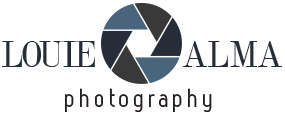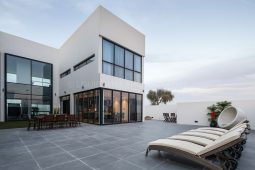How to Use the Dehaze tool for Stunning Cityscapes & Other Photos in the Field (VIDEO)
Here’s another quick post-processing tutorial from instructor Scott Davenport that photographers of all skill levels can use to significantly enhance cityscape photos, landscape scenes, and adjust any other outdoor images that need a bit more oomph. It’s all about when and how to use Lightroom’s powerful Dehaze tool.
This straightforward adjustment can also be accomplished with ON1 Photo Raw, Luminar Neo, and any other editing software you use that includes a Dehaze slider. Davenport is a notable outdoor photographer specializing in seascape imagery, architectural photos, and images shot in the urban environment.
Here’s Davenports promise for today’s how-to video that runs less than five minutes: “I’ll show you how your Dehaze tool transforms flat, dull architecture and cityscape photos into vivid dynamic images” in ways that are equally appropriate for other types of dull photos shot in the field that are less impactful than they could be.

Davenport begins with a quick explanation of how haze is often caused by atmospheric conditions or pollution, and the manner in which it effects your photos in different ways. The typical problem is that haze tends to wash out important details and reduce contrast—especially in the midtones of an image.
In the latter regard, you’ll learn how to selectively apply the Dehaze tool only where needed, rather to the overall shot, to increase Clarity and strategically reduce the abundance of middle grays. Doing so makes subjects “POP” by enhancing dimensionality and increasing the perception of depth throughout the frame.
But what about those rare instances when the Dehaze approach falls short of 100% perfection? Davenport has another trick up his sleeve: “”When Dehaze is not enough, double down on reducing middle grays with Curves. You can also use Curves to address midtone-heavy images to deepen shadows and have textures reemerge. And you’ll see exactly what to do.

The bottom line is this: it’s easy to accentuate lines and interesting shapes with just a few thoughtful adjustments. There’s much more to learn about outdoor photography techniques on Davenport’s instructional YouTube channel.
We also recommend watching the recent tutorial we featured with another post-processing expert who demonstrates the power of Contrast Masking for editing snow-covered landscapes, bright beach photographs, and other outdoor scenes with an unusually wide range of tones.




